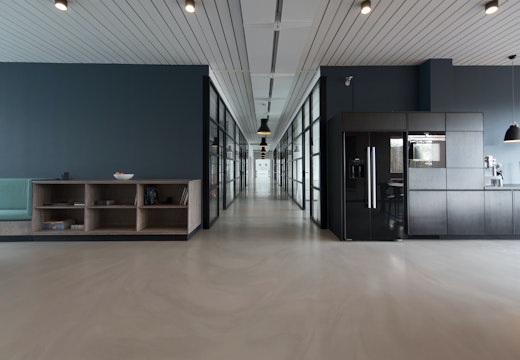Indoor air quality: experts call for standards to be enforced
Top scientists have published a research paper that proposes mandatory standards to control key indoor pollutants in public buildings and better systems for clean air
Indoor air quality standards should be mandatory, according to an international group of experts writing in the leading journal Science.
The experts addressed setting standards for three key indoor pollutants – carbon dioxide (CO2), carbon monoxide (CO), and PM2.5, tiny particles that can lodge deep in the lungs and enter the bloodstream.
‘Most countries do not have any legislated indoor air quality (IAQ) performance standards for public spaces that address concentration levels of indoor air pollutants,’ according to Distinguished Professor Lidia Morawska from the Queensland University of Technology.
‘To have practical value, IAQ standards must be implementable by designing new buildings that are built, operated and maintained to standard, or retrofitted to meet the standards. While there is a cost in the short term, the social and economic benefits to public health, wellbeing and productivity will likely far outweigh the investment in cost in achieving clean indoor air.’
Sensors are available
Professor Morawska helped spearhead an appeal to the World Health Organisation (WHO) to recognise the airborne transmission spread of the Covid-19 virus early in the pandemic. Since the pandemic, she has continued to raise the importance of adequate indoor air quality for public spaces. She explained that CO2 sensors were readily available, inexpensive, and robust, and should be used as a proxy to measure pathogens and CO2 during human occupancy in a public space.
‘CO2 can serve as a proxy for occupant-emitted contaminants and pathogens and to effectively assess ventilation quality,’ she said. ‘We propose a CO2 concentration level of 800ppm with the proviso that outdoor concentration is used as a baseline, and recognition of the fact that outdoor concentrations are increasing due to emissions to the atmosphere that outweigh removal.’
Another key indicator of air quality the experts addressed in the Science paper was the amount of PM2.5. She argued that WHO air quality guidelines should serve as a basis for indoor air quality standards but with a one-hour averaging time to reflect how long people usually spend in public places. She also asserted that mechanical ventilation systems should remove and dilute human-emitted and other indoor-generated pollutants at a higher rate than their production, so that these would not accumulate in indoor air.
‘The technologies for measuring ventilation already exist in most modern, mechanically ventilated buildings but monitoring ventilation rates in terms of clean air delivered to the space requires us to consider the number of people and their activities in the space to ensure adequate indoor air quality,’ explained Morawska.
Impact on offices
She continued: ‘Additional measures in support of ventilation, such as air cleaning and disinfection, could greatly reduce the need to increase the outdoor air supply, which carries a heavy energy demand. Filtering recirculated air is an effective way to reduce concentration of, and thus our exposure to, airborne particulate matter, allergens, and pathogens.’
The paper, ‘Mandating indoor air quality standards in public buildings’, has key implications for air quality systems in commercial buildings. It was published in Science on 24 March 2024.








